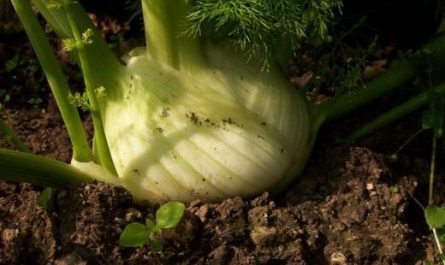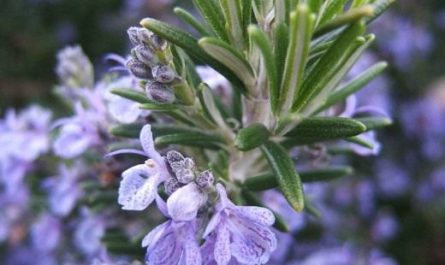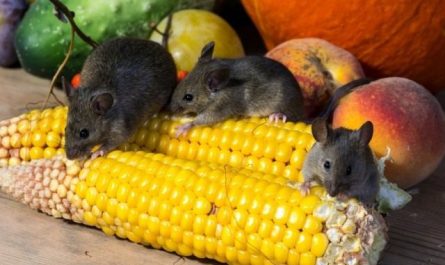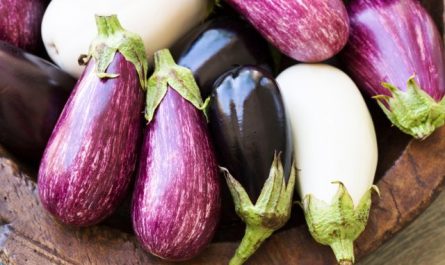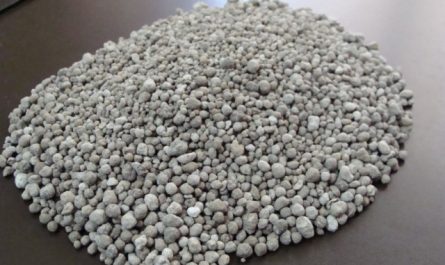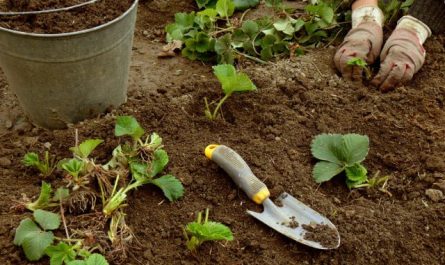Favorite apples of the best varieties are the most long-awaited and valuable gift at the end of the season. And the most shelf-stable fruit, capable of becoming a source of vitamins until the new harvest. Preserving apples for the winter is considered a simple matter. But if you want to avoid annoying crop losses and preserve all the taste qualities of the fruit, you will have to approach the process of laying apples for storage more responsibly. After all, only those fruits that are provided with the right temperature, stacking, neighborhood and timely response to undesirable changes are preserved for a long time.

A cellar, a cool vegetable storage room, a garage pit are ideal places, but everyone has to “make do” to the best of their ability and space. Today, it is possible to store apples for a long time even in an apartment. But not in every apartment and only according to certain rules. Preserving the long-awaited apples as much as possible is a feasible task with due diligence in preparation.
The easiest thing about storing apples is choosing varieties. Only special late, winter varieties are suitable for long-term storage, for which shelf life is one of the most important characteristics. They are easy to recognize not only by the description of the variety, but also by the thick skin and a special, dense wax coating. Such apples can be stored for up to 8 months, and are usually “guaranteed” to last about 4-6 months. Autumn apples are stored for only 2-3 months, summer ones – several weeks.
1. Minimal contact
Try not to rub the apples, not to injure them, and even touch them as little as possible is the most underestimated secret of their shelf life. A very simple rule applies here: the more the natural wax protection is damaged, the rougher the apples are handled, the more often they are carried and shifted, the more problems will arise.
“Proper” storage should begin with harvesting and transportation, trying to reduce impacts and injuries to a minimum and avoiding piling apples in large heaps for subsequent sorting. It is better to forget about “shaking” apple trees with autumn fruits and collecting fallen ones if you want to keep apples for at least a month. They can be used in cooking.
Two harvesting strategies for good apple preservation:
- If you pick apples yourself, it is better to pick them straight into boxes or buckets, carefully, by hand or without touching them with tools, placing them one by one with minimal contact. Apples should be picked with stalks, slightly unripe, with minimally damaged wax coating.
- When buying apples, make sure they have suffered minimal damage and are properly stored in ventilated boxes.
For storage, select apples without injuries, scratches, wounds, signs of compression, and especially rot, and not affected by pests.
The apples should be sorted immediately:
- by variety;
- the size of the fruit (the larger the apples, the more ethylene they emit and the more often you will have to sort them);
- quality.
Rubbing, polishing and rubbing will remove the apples’ natural protection and will always give way to the genuine wax layer.
Apples can be sent to a kind of “settled”, putting them in a cool place for 10-20 days, then sorting and finally rejecting. This is a good tactic for a large harvest or the need to quickly remove all the apples from the trees without the possibility of close inspection, giving extra time. If possible, it is better to sort the apples right away.
In any case, it is better not to forget the secret of industrial storage – try to cool the apples as close to the winter storage temperature as possible and as quickly as possible, within 3-5 hours after picking, and then keep them only in a cool place.

2. Free placement in the correct boxes
Even whole, healthy apples will not be stored properly if you dump them in a heap in any box. Apples like good ventilation, do not tolerate tight packing and anything excessive.
For storing apples, containers made of natural materials with ventilation holes and gaps are preferable. Wooden shelves with drawers, wooden boxes, large wooden containers, cardboard boxes are the best options. Plastic is used provided there are enough holes for air to “flow” around the fruit. Storing in polyethylene is a popular and less environmentally friendly option, suitable for those who can keep apples at a stable temperature of about 0 degrees (5-6 kg of apples are placed in tightly tied bags with 2-4 punctures on different sides).
If there is a risk of freezing, especially in apartment conditions on the balcony, you can use thermal boxes, double boxes with any insulation between the walls.
Ideally, apples are placed manually, sorted and inspected immediately, in one layer or in 2-3 layers, freely, without contact or with minimal contact, with the stalk down. Apples should be laid carefully, in a checkerboard pattern, diagonally and in even rows. At the same time, the checkerboard option reduces the risk of injury to the fruit by the stalk of neighbors to a minimum.
If apples need to be arranged in several layers, you can use cardboard, fabric, paper or other “linings” to reduce contact (they are also used to line the bottom of boxes). If containers are stacked on top of each other without shelves, they should not be filled to the top so that the upper containers do not press down on the apples in the lower ones.
For apartment conditions and with a small harvest, each apple can be wrapped in paper or paper towels. For storage, the method of sprinkling with inert materials is often used – buckwheat, peat crumbs, dry sphagnum, herbs, maple or oak leaves, straw or shavings, but any “fillers” can give the apples undesirable taste qualities.
A tag with the variety name, information about the date of laying, harvest, size of apples – at your discretion. But thanks to simple labels or inscriptions it is much easier to navigate the stored harvest.
Needless to say, the place for storing apples should be prepared in advance, carrying out all procedures for cleaning and sanitizing surfaces, shelves, disinfection, protection from rodents and mold.

3. Choosing the right safe neighbors
The area of vegetable storage facilities, as well as places suitable for storing crops in basements, garages and their “substitutes” is usually limited. But this does not mean that you should be guided only by the desire to use the available space as wisely as possible.
Bad neighborhood can ruin the harvest of not only apples. They themselves accelerate the ripening of all vegetables and fruits, causing their spoilage from overripening by actively releasing ethylene. Carrots, beets, celery and potatoes are especially sensitive to the “apple neighborhood”.
And with fruits that so easily “absorb” foreign odors, ill-considered placement is doubly dangerous:
- firstly, “wrong” neighbors reduce the shelf life of apples several times;
- secondly, instead of the usual aroma of your favorite variety, you risk getting apples that smell damp, starchy and root vegetables.
So you need to place boxes of apples away from other vegetables and fruits, preferably separately.
Apples do not like to be mixed with each other; all varieties should be stored in separate containers.
Do not store chemicals in the same room with apples, including gasoline, kerosene, paints. After all, even tight containers and a large distance from apples will not save juicy fruits from an unpleasant “odor”.
4. The more frequent the inspection, the better the preservation
Apples are not the kind of fruit that you can forget about for months. Even a little rot can easily ruin the entire “batch” and will certainly affect the taste of the apples. So you simply cannot do without frequent inspection. It is better to check apples regularly, immediately removing fruits with signs of damage, and especially rot, from the rest. If apples are stored in 1-3 rows, inspection is much easier.

5. The main thing is the temperature regime
The ideal temperature range for storing apples is from 0 to 5 degrees Celsius, with possible light “frosts” down to -2 degrees. These are the conditions that will allow you to preserve apples for the longest period. But if there is no possibility to organize a cold winter, it is worth choosing other options with the closest possible temperature range.
The optimum humidity for preserving apples without wrinkling or drying out is about 85-90%. At the same time, good ventilation and air circulation are vital to reduce the concentration of ethylene.
If there is no storage space and you are forced to keep apples in an apartment, do not despair. An option that allows you to keep apples the longest can be found even here. Apples in apartments and houses are stored in hallways, pantries, northern utility rooms, on a window sill with a slightly open window, on a balcony or loggia (glazed, but not heated), in boxes on stairwells… It all depends on what you have to choose from.
When choosing options, first of all, you need to analyze where the coolest (and consistently cool) place in the house is. If you have to choose between stable temperatures and cold, then consistency is more important. Even in the cellar, temperature stability is the key to long-term storage of apples. Not to mention less suitable places. The fewer changes, the better the apples are protected from temperature changes and fluctuations in all conditions, the fewer spoiled fruits will have to be thrown out.



